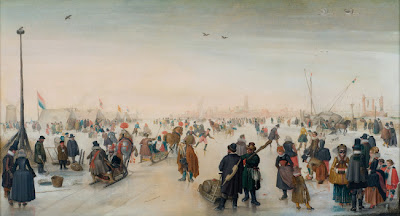Phil Commes, picture editor at the BBC has written about my series Lost Villages today on the BBC website.
You can see the article here along with photographs from the work;
www.bbc.co.uk/news/in-pictures-22025150
This is what he wrote;
For the residents of Skipsea, on the Holderness coast in the North East of England, coastal erosion is a fact of life. As the years pass the village has seen the sea claim more and more land and its future is far from certain.
Photographer Neil A White's Lost Villages project documents this constant battle between the North Sea and the land in this part of the British Isles, one that endures the highest rate of coastal erosion in Europe.
He was drawn to this coastal area as it is near where he grew up and one that brings back many fond memories of playing on the beach. "It is estimated that up to 32 villages dating back to Roman times have already been lost to the sea," said White.
"The historical events which took place on this coastline are fascinating," said White. "Since Roman times it is estimated that a strip of land three and a half miles wide has been washed into the North Sea.
"One lost village, Ravenser Odd, is particularly significant. Described as a medieval new town founded in 1235, it was also a thriving sea port. At the height of its fortunes in the early 14th century, Ravenser Odd was a town of national importance, regularly supplying the king with two fully equipped ships and armed men for his war with the Scots.
"It had a royal charter, a market and annual fair, a town mayor, customs officer and other officials, as well as numerous cargo ships, fishing boats and warehouses. There was also a court, prison and chapel. Shakespeare's Richard II also speaks of a town called Ravenspurg (Ravenser).
"By 1346 it was recorded that two-thirds of the town and its buildings had been lost to the sea due to erosion, and in the years that followed, from about 1349 to 1360, the sea had completely destroyed Ravenser Odd. It is the history of this particular village that has been an important inspiration for this project."
Today it is Skipsea that is on the front line. There is an annual rate of land erosion of nearly two metres, and in just over a year of working on this project, White has seen the coastline change markedly. His pictures chronicle those changes to the coastline and the man-made structures that cling to the earth, hoping to be spared a watery grave.












